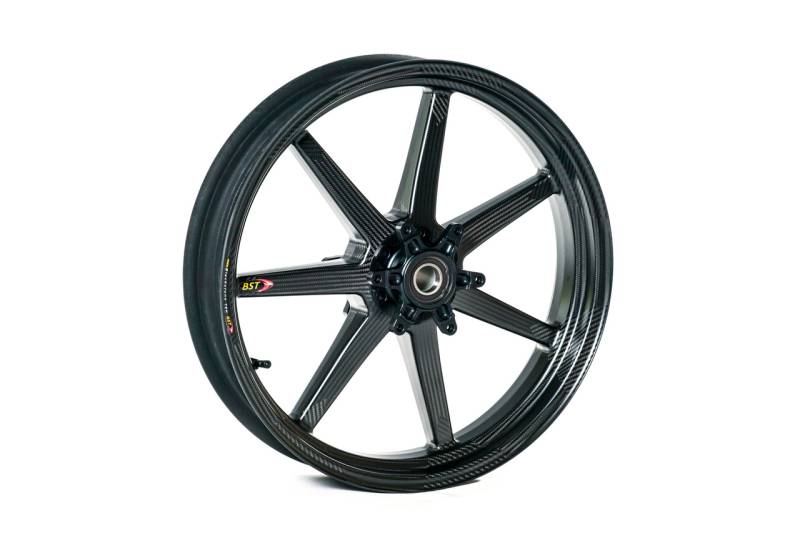Are you tired of dealing with irritation and redness every time you apply false lashes? Do you have sensitive eyes that seem to react to every lash glue you try? If so, it's time to switch to a hypoallergenic lash glue specially formulated for those with sensitive eyes. Say goodbye to discomfort and hello to beautiful, long-lasting lashes with the best hypoallergenic lash glue on the market.

The Importance of Hypoallergenic Lash Glue
When it comes to false lashes, the adhesive you use is just as important as the lashes themselves. For individuals with sensitive eyes, finding a lash glue that doesn't cause irritation can be a challenge. Traditional lash glues often contain harsh chemicals and allergens that can trigger redness, itching, and even swelling in those with sensitive eyes. This is where hypoallergenic lash glue comes in.
Benefits of Hypoallergenic Lash Glue:
- Gentle on sensitive eyes
- Formulated without harsh chemicals
- Reduces the risk of irritation and allergic reactions
- Provides a secure hold for your false lashes
How to Choose the Best Hypoallergenic Lash Glue
With so many options on the market, it can be overwhelming to choose the right hypoallergenic lash glue for your sensitive eyes. Here are some factors to consider when selecting the best hypoallergenic lash glue:
Factors to Consider:
- Ingredients: Look for lash glues that are free from formaldehyde, latex, and other common allergens.
- Drying Time: Consider how quickly the glue dries to ensure your lashes stay in place all day.
- Longevity: Opt for a lash glue that provides a secure hold without the need for constant touch-ups.
- Ease of Removal: Choose a lash glue that is easy to remove without causing damage to your natural lashes.
The Best Hypoallergenic Lash Glue for Sensitive Eyes
Now that you understand the importance of hypoallergenic lash glue and know what to look for, it's time to discover the best option for your sensitive eyes. Here are some top picks:
1. True Glue All Natural Lash Adhesive
- Formulated with natural ingredients
- Gentle on sensitive eyes
- Long-lasting hold
- Easy to remove
2. Cardani LATEX-FREE Secure Hold Glue for False Eyelashes
- Latex-free formula
- Hypoallergenic and gentle on sensitive skin
- Waterproof and sweat-resistant
- Provides a strong hold
3. KISS Strip Eyelash Adhesive
- Hypoallergenic and latex-free
- Clear formula that dries quickly
- Secure hold for all-day wear
- Easy to remove without damaging natural lashes
Tips for Using Hypoallergenic Lash Glue
To ensure the best results and prevent any irritation, follow these tips for using hypoallergenic lash glue:
Usage Tips:
- Cleanse your eyelids and lashes before applying the glue to remove any oils or residue.
- Apply a thin, even layer of glue to the lash band and wait a few seconds for it to become tacky before applying the lashes.
- Press the false lashes firmly against your natural lashes to ensure a secure hold.
- Avoid rubbing or pulling on your lashes to prevent them from falling off prematurely.
- Use a gentle eye makeup remover to dissolve the glue when removing your false lashes.
Final Thoughts
Say goodbye to irritation and discomfort with the best hypoallergenic lash glue for sensitive eyes. By choosing a gentle, allergen-free formula, you can enjoy beautiful, long-lasting lashes without the worry of redness or itching. Experiment with different hypoallergenic lash glues to find the perfect one for your individual needs, and say hello to a stress-free lash application process!







